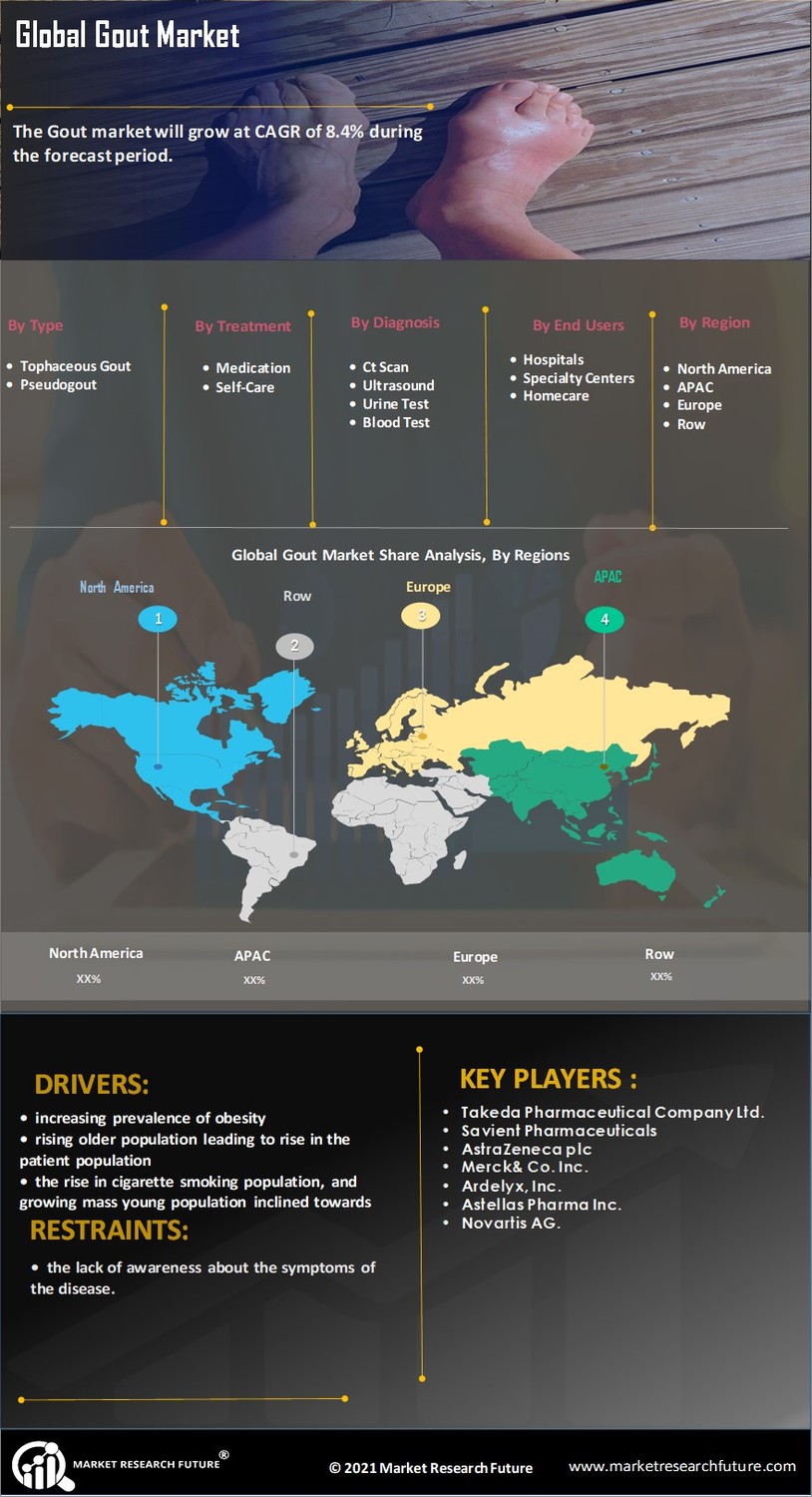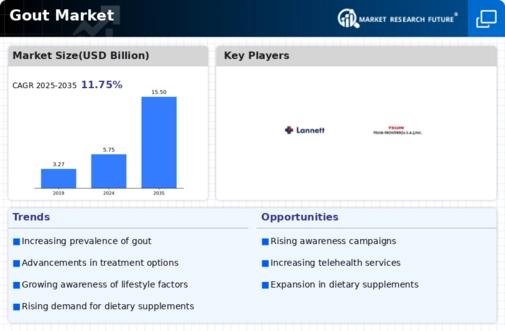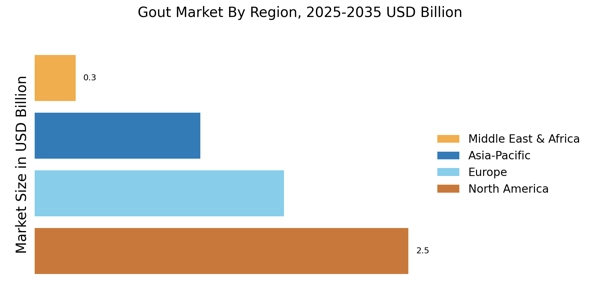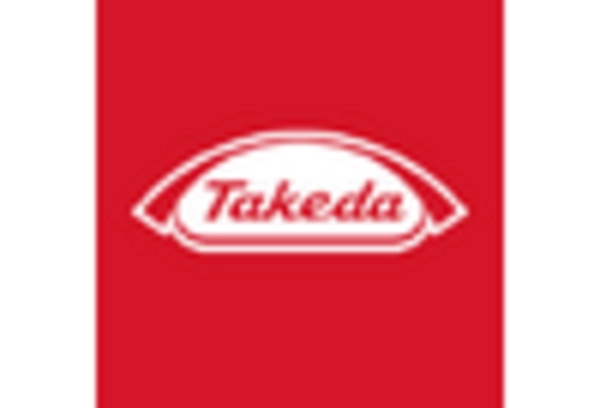By Region, the study segments the market into North America, Europe, Asia-Pacific, and Rest of the World.
The North America region segmented into US, and Canada. The North America region held the largest market share in the Gout Market and market is accounted for USD 1.80 billion in 2022 and is expected to exhibit a 12.03% CAGR during the study period. Further, in the North America region the US gout market accounted for the largest market share. This is attributed to the increasing prevalence of gout, growing adoption of biologics, and rising R&D activities on regenerative medicines.
Moreover, the growing awareness about the health & accessibility of new treatment methods, the presence of well-developed healthcare infrastructure, and the rapid adoption of advanced medical technologies in the region drive the regional market growth during the forecast period.
In 2021, as per the Journal of the American Medical Association (JAMA) Network, an estimated 9.2 million people are affected by gout in the US, and it is more common in men and older people. The rising prevalence of gout demands effective treatment such as NSAIDs, corticosteroids, colchicine, urate-lowering agents, and others for treating this condition. In addition, the rising product launches are also contributing to market growth over the forecast period.
Further, the major countries studied are the U.S., Canada, Germany, France, the UK, Italy, Spain, China, Japan, India, Australia, South Korea, and Brazil.
Figure 3: Gout Market Share By Region 2022 (USD Billion)
Europe gout market is expected to account for the second-largest market share due to the accessibility to advanced diagnosis & treatment facilities, the rising geriatric population prone to gout is driving up demand for effective treatment & therapeutics, and growing healthcare expenditure. For instance, according to the Eurostat database, healthcare expenditure was USD 176.61 billion in 2021.
Owing to rising healthcare expenditure also increases the company activities and government initiatives in developing effective diagnoses and treatment & therapeutics for gout, the Italy gout market is expected to be fastest growing market in the European region, followed by UK gout market. These factors are anticipated to positively impact the growth of the gout market. Additionally, improving government initiatives & healthcare frameworks and the presence of government organizations are boosting the growth of the gout market in Europe.
The Asia-Pacific gout market is expected to grow at a CAGR of 13.12% from 2023 to 2032. This is due to factors such as improving healthcare infrastructure, growing investment by major players with local manufacturers, and the increasing patient population suffering from gout. For instance, according to the Australian Bureau of Statistics, in 2018, an estimated 4.5% of Australians have gout. Gout Market is more common in males than females almost 8 in 10 (79%) people with gout are males.
Hence, the rise in patients suffering from gout drives the market growth in the region as gout medications such as allopurinol, febuxostat, and probenecid among others are extensively used to reduce uric acid levels in the blood.
This can help reduce the number of future flares and make them less severe. Additionally, the availability of technical expertise, reduced cost of labor, and funding from governments for R&D investment to accelerate new product development have made Asia-Pacific the most favored region for outsourcing manufacturing services.
The Rest of the World includes the Middle East, Africa, and Latin America. Middle East hold the major market share in middle east and Africa region due to limited healthcare infrastructure, a dearth of awareness regarding the symptoms of the disease, and a lack of skilled professionals to manufacture gout therapeutics drugs are restricting the growth of the gout market in Sub-Saharan Africa. Additionally, low healthcare expenditure and unstable political situations are also affecting the market growth to an extent in the Middle East.
However, growing healthcare infrastructure, increasing government initiatives for improving the healthcare sector, and the growing geriatric population in the Middle East region are likely to favor market growth.


















Leave a Comment